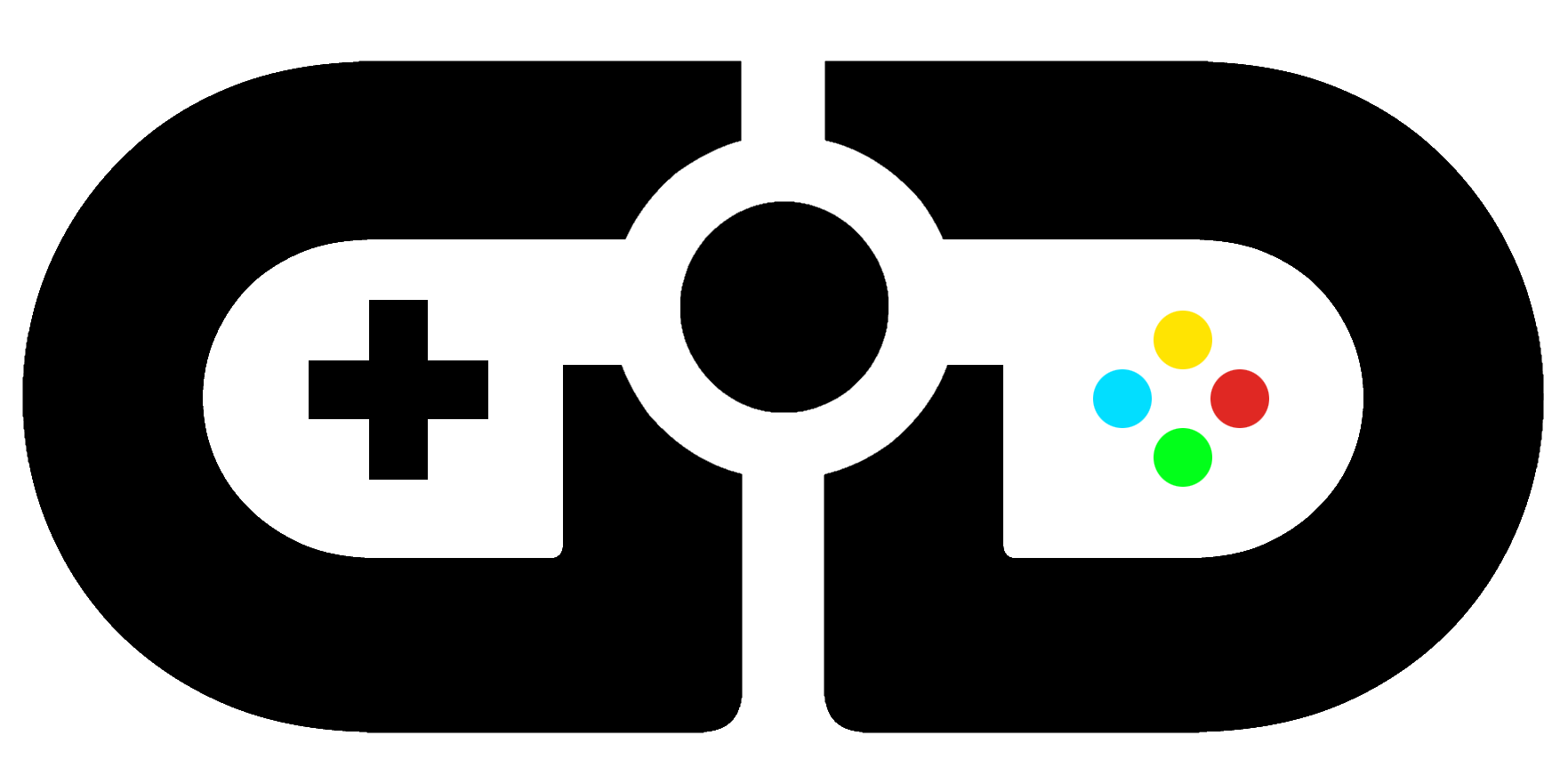In today’s digital age, starting your own financial blog can be a rewarding and fulfilling endeavour. Not only does it provide a platform to share your knowledge and insights with a wider audience, but it also offers the opportunity to establish yourself as an authority in the financial industry.
If you’re considering starting your own financial blog on WordPress, this article will provide you with valuable tips to get you started on the right track.
1. Choose a Niche
Before diving into the world of financial blogging, it’s important to identify a specific niche in the financial world because the Financial niche is just too broad. A niche is a specific area within the financial industry that you want to focus on. It could be personal finance, investing, budgeting, or any other aspect of finance that you are passionate about. By choosing a specific niche, you can tailor your content to a specific audience, making it more relevant and engaging.
For example, if you decide to choose Debt and Budgeting as your niche then you can write about different types of debts, giving detailed guides about payday loans, bad credit loans, lines of credit, how to budget your salary, etc.
2. Define Your Target Audience
Once you’ve chosen your niche, it’s crucial to define your target audience. Understanding who your audience is will help you create content that resonates with them. Are you targeting young professionals, retirees, or small business owners? Consider their demographics, interests, and pain points. This will enable you to provide valuable and tailored content that meets their needs.
3. Create a Content Strategy
A well-defined content strategy is essential for the success of your financial blog. Start by brainstorming topics that are relevant to your niche and audience. Research popular keywords and trends in the financial industry to identify what people are searching for. This will help you create content that is both informative and optimized for search engines.
4. Choose a Reliable Web Hosting Provider
To ensure that your financial blog is accessible and performs well, it’s important to choose a reliable web hosting provider. Look for a provider that offers fast loading times, excellent uptime, and reliable customer support. This will ensure that your blog is always available to your audience and provides a seamless user experience.
5. Select a Professional WordPress Theme
The design of your financial blog plays a crucial role in attracting and retaining readers. Choose a professional WordPress theme that aligns with your brand and provides a clean and user-friendly interface. Opt for a responsive theme that looks great on both desktop and mobile devices, as an increasing number of users access the internet through their smartphones.
6. Install Essential Plugins
WordPress offers a wide range of plugins that can enhance the functionality and performance of your financial blog. Install essential SEO plugins to optimize your content for search engines, speed optimization plugins to load your website fast, and security plugins for better security against malware attacks. These plugins will help you streamline your blogging process and improve the overall user experience.
7. Create Engaging and Informative Content
The success of your financial blog hinges on the quality of your content. Create engaging and informative articles, tutorials, and guides that provide value to your readers. Use a conversational tone and avoid jargon to make your content accessible to a wide audience. Incorporate relevant images, charts, and infographics to enhance the visual appeal of your blog posts.
8. Promote Your Blog
Once you’ve created compelling content, it’s time to promote your financial blog. Utilize social media platforms such as Twitter, LinkedIn, and Facebook to share your articles and engage with your audience. Collaborate with other financial bloggers and industry influencers to expand your reach. Additionally, consider guest posting on reputable financial websites to increase your visibility and credibility.
9. Engage with Your Audience
Building a loyal and engaged audience is crucial for the long-term success of your financial blog. Respond to comments and questions from your readers promptly and thoughtfully. Encourage discussions and create a sense of community by hosting webinars, Q&A sessions, or live chats. By actively engaging with your audience, you can foster trust and loyalty, and establish yourself as a reliable source of financial information.
10. Analyse and Adapt
Regularly analyse the performance of your financial blog to identify what works and what doesn’t. Utilize website analytics tools such as Google Analytics to track metrics such as page views, bounce rate, and user engagement. Use this data to refine your content strategy, identify popular topics, and adapt your approach accordingly. Remember, continuous improvement is key to staying relevant and successful in the ever-evolving world of financial blogging.
Conclusion
Starting your own financial blog on WordPress can be a fulfilling and rewarding journey. By following these tips, you can lay a strong foundation for your blog and attract a loyal audience. Remember to stay true to your niche, create valuable content, and engage with your readers. With dedication and perseverance, your financial blog can become a trusted resource for individuals seeking financial guidance and insights. Happy blogging!
FAQs
How do I choose a niche for my financial blog?
Choosing a niche involves identifying a specific area within the financial industry that you are passionate about and knowledgeable in. Consider your interests, expertise, and the needs of your target audience to select a niche that aligns with your goals.
Do I need any technical skills to start a financial blog on WordPress?
While basic technical skills can be helpful, you don’t need to be a coding expert to start a blog on WordPress. The platform offers user-friendly interfaces and plenty of resources to guide you through the process of setting up and managing your blog.
How often should I publish new content on my financial blog?
Consistency is key when it comes to blogging. Aim to publish new content regularly, whether it’s once a week, twice a month, or any other schedule that works for you. The important thing is to provide valuable and engaging content to your audience on a consistent basis.





